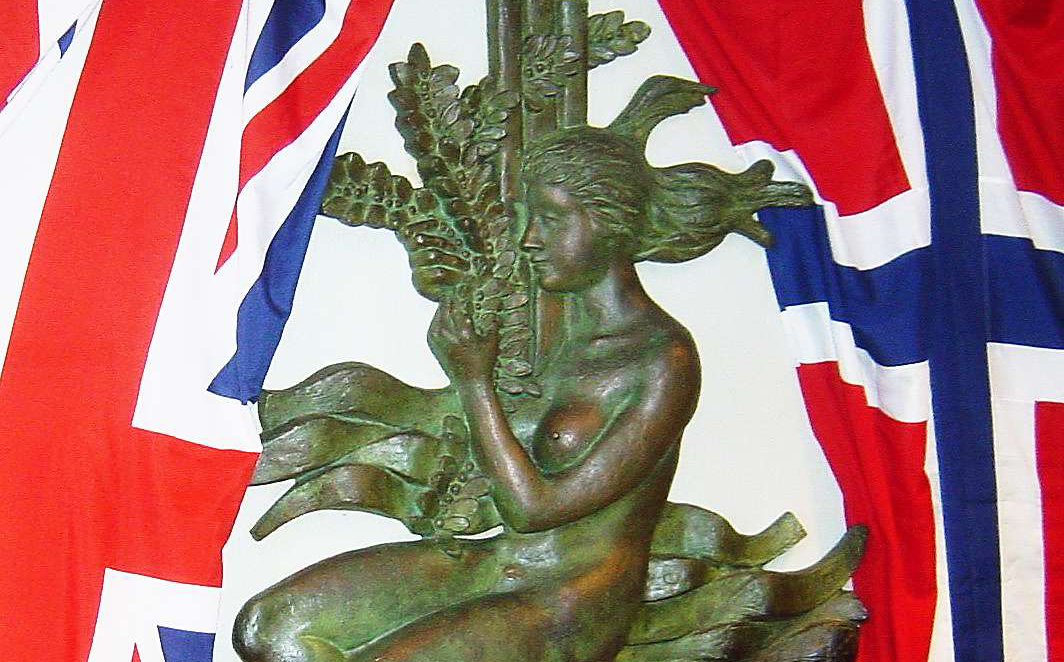UK-Norwegian Frigg treaty

Its terms by and large confirmed the agreement reached between the operators and licensee groups. The treaty specified that the Frigg reservoir would embrace the main structure and gas-bearing layers in communication with it. Procedures were also developed for deciding later apportionment disputes. The number of platforms and their location were specified, while the licensees were required to develop a plan for ensuring acceptable production of the field. This was to be revised once a year. No barriers were to be imposed on the movement of goods and personnel across the boundary. Common safety measures and regulations were to be developed. Two separate pipelines would be laid, and the field would have two operators – one for production and the other for transport. The Frigg treaty opened the field for commercial exploitation.
This agreement was the outcome of a lengthy process which began soon after the discovery of Frigg. At issue was the method for determining the size of the gas resources on either side of the boundary between the two countries. This calculation is known as unitisation. Consultants were hired during the process to determine how much gas lay in each sector. A complicating factor was that a start to gas production on one side would take resources from the whole field. The first to begin extracting gas would also be able to recover the “best” reserves.
On February 1977, after the two governments had signed the treaty, consultant DeGolyer and MacNaughton submitted its final report on the division of the Frigg resources between Norway and the UK. This concluded that the reservoir contained 269 billion standard cubic metres of gas, with 163 411 million located on the NCS and 105 247 million on the British side. In other words, Norway had 61 per cent and the UK 39 per cent.
On 12 December 1977, the Norwegian and British governments also accepted the apportionment proposed by the consultant. The Frigg treaty represented an important breakthrough in international law. This was the first time two countries had reached agreement on how to exploit an offshore petroleum field as a unit, with common installations on either side of a maritime boundary.
The concord between the UK and Norway created a form of precedent for other fields of the same type. Unitising Frigg laid the basis for negotiations on sharing the Anglo-Norwegian Statfjord field further to the north, for instance.
Read more about the unitisation agreement
Elf Aquitaine createdDP2 installed on the field